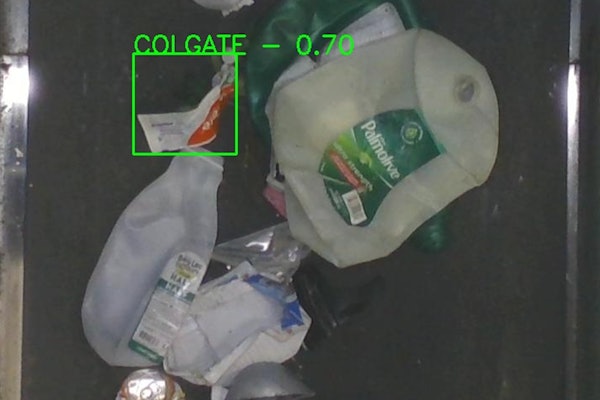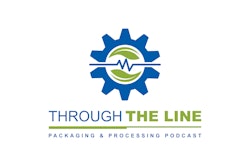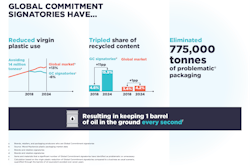You were likely nervous, yet ready to impress and eager to make a difference. After all, the company picked you out of 50-plus other applicants.
On that first day, imagine your new manager has a conflict and cannot welcome you. You are escorted to an empty office with just a checklist of administrative tasks to complete and people with whom to have join-ups. Every join-up leaves you more confused from differing opinions on organizational structure. Within the week, you are on project calls and cannot make sense of the cacophony of acronyms, updates, and an unfamiliar product lineup. To top it off, you now have a dozen follow-ups, and the person from whom you are receiving projects is going on a two-week vacation—beginning tomorrow.
Do you think this employee feels set up for success?
Why onboarding is critical
New employees arrive enthusiastic, but with pre-existing thought processes for approaching problems and oftentimes lacking certain soft skills. Therefore, onboarding is critical to both an individual’s and your organization’s success.
Onboarding is not the same as orientation. Orientation is a short, one-time event within onboarding—e.g., the site tour, setting up payroll, getting a badge, etc. Onboarding is the months-long process during which new employees acclimate to a new culture and establish themselves within the organization.
Having experienced onboarding programs, and subsequently supported developing them at several packaging companies, the intangible benefits of an onboarding program are many. Consider these highlights:
1) It ingrains culture. Innovative packaging results from a culture that embraces autonomy, creativity, and iterative testing. But the prospect of testing an idea, and it failing, is uncomfortable. New employees must be onboarded into an environment in which “failure” is a necessary stepping-stone to a solution. Ingrain this mindset into new employees, and they will learn to take calculated risks and discover innovative ways of solving challenging packaging problems.
2) It creates connections. Partnering a new employee with mentors and “peer buddies” helps build networks with new industry experts, testing labs, suppliers, and training opportunities. Therefore, it helps them to more quickly achieve independence in technical decision-making. Mentors also provide a broader business perspective, e.g., how to present a new pack design that will win over key organizational stakeholders.
3) It builds confidence. When a new employee knows how tasks get done and how decisions are made, it makes the individual a more effective contributor. Mastery of packaging development work processes, knowledge of roles and responsibilities, and strong business acumen allow an employee to accurately assess the lay of the land. Partner this with confidence and an individual will share atypical packaging solutions without fear of criticism.
4) It ensures quality performance. Qualification of a new product is different between companies and industries. Because of this, the onboarding process needs a significant amount of hands-on training and coaching on using lab equipment, designing and requesting tests, authoring detailed specifications, coordinating in-plant line trials, and leading new mold qualifications. Technical coaches or subject matter experts must teach new employees the expectations on technical requirements and quality. This is what supports and sustains consistent work practices across packaging organizations. Deviation from standards due to lack of onboarding not only introduces technical risk, but also harms an employee’s chance of meeting expectations.
5) It mitigates attrition. An acclimated employee feels engaged, welcomed, involved, and heard. Most importantly, they can see and feel that they matter, which is key in helping them to see that opportunities exist for them at your organization. When this is not the case, self-doubt, frustration, and dissociation sink in, and the employee will search elsewhere for an environment that appreciates them more.
I would be remiss to not acknowledge that onboarding is tougher amidst a pandemic. In-person join-ups and plant tours are now nostalgic activities. However, onboarding is especially needed now to ensure new hires remotely develop a sense of belonging, effectively navigate new interpersonal challenges, and adopt new ways of working.
So, the next time you are thinking of adding to your organization, take a look at and assess your onboarding program. Does one exist? If so, how can it be improved? If not, can one be created?
Steve Jobs famously said, “It doesn’t make sense to hire smart people and tell them what to do; we hire smart people, so they can tell us what to do.” One could argue that intelligence alone does not equate to immediate success. A new working environment is akin to moving to a new country and having to learn the local language and customs—it does not happen overnight. Welcome your new employee with a purposeful onboarding plan, and you will develop a positive change agent of an employee who will more consistently bring their best to the workplace.
Christine Lebron is part of the Global Packaging Innovation team at McCormick & Company. She is a Certified Packaging Professional and has worked more than eight years in various packaging development-related roles in the CPG industry, previously for Procter & Gamble, and Coty. For more information on IoPP, please visit www.iopp.org.



![Lisa1[1]](https://img.packworld.com/files/base/pmmi/all/image/2021/01/Lisa1_1_.5ff4bb4b684e3.png?auto=format%2Ccompress&bg=fff&fill-color=fff&fit=fill&h=167&q=70&w=250)






















